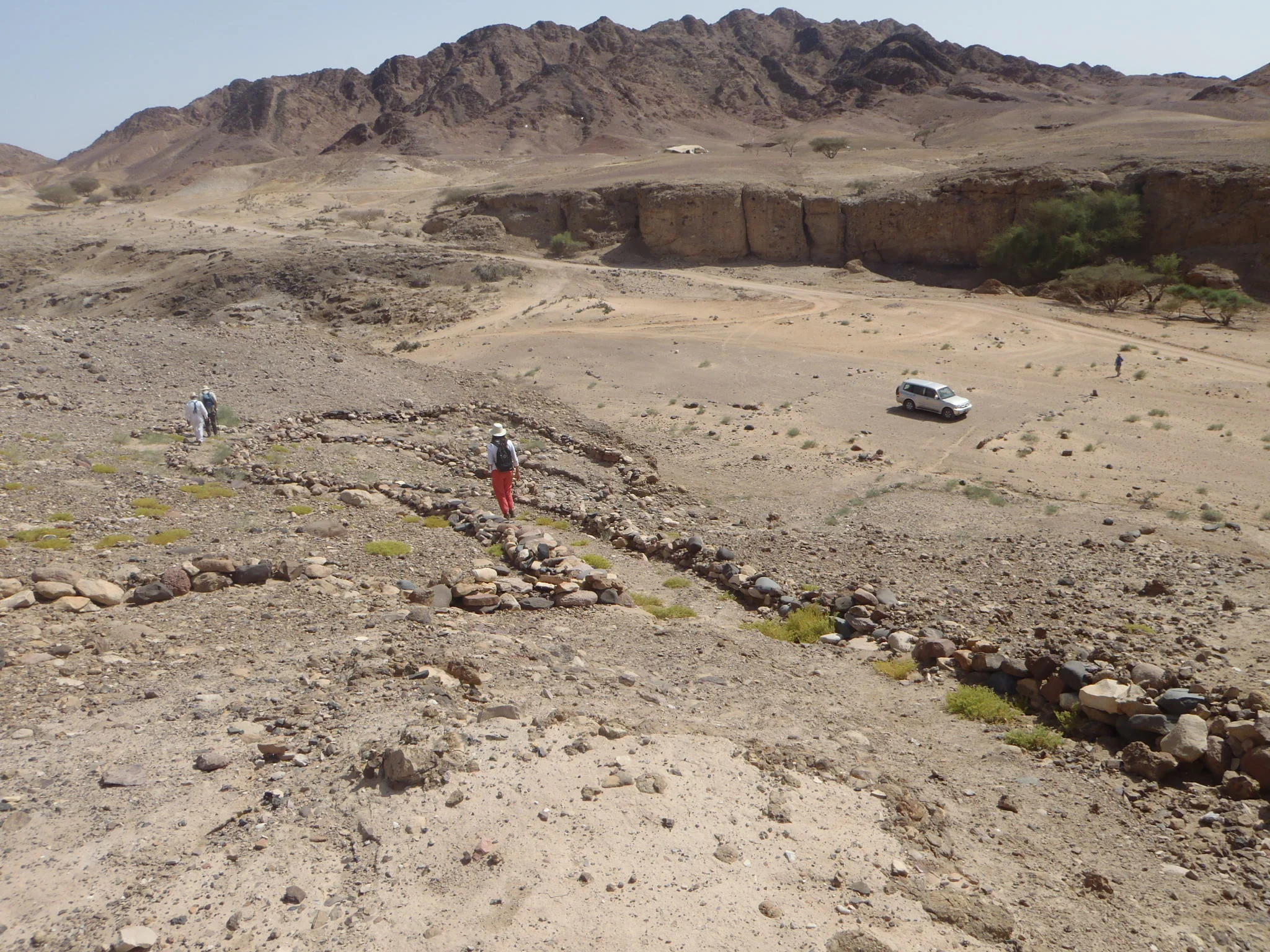The science of light and lithology
/The ages of rock surfaces can help us determine the timing of past lake or sea level change (e.g., Simkins et al., 2013), the advance and retreat of glaciers (Jenkins et al., 2018), and the construction of monuments, buildings or walls by ancient humans (Liritzis, 2010), to name a few. Luminescence ages from rocks are important for sites that lack adequate sediment for traditional luminescence dating techniques, as well as sites that are contaminated by mobile fine grain materials that severely post-date (underestimate) the true age of the landform or artifact.
But here in the Great Basin, which rocks are the brightest?
We’ve sampled a range of rock types from various locations in Nevada to see which lithologies have luminescence signals suitable for dating.
Preliminary results suggest that most sedimentary and felsic volcanic rocks have a detectable signal from feldspar, some sedimentary rocks have detectable signal from quartz, and basalt, sinter, and hydrothermal quartz have very dim or no signals at all. At DRILL, we are conducting experiments to further characterize the signals from Nevadan rocks so that new dating techniques can be developed.
OSL, IRSL, and post-IR OSL signals from a range of rock types from Nevada. Click here for more information on luminescence signal types and how they are used.





